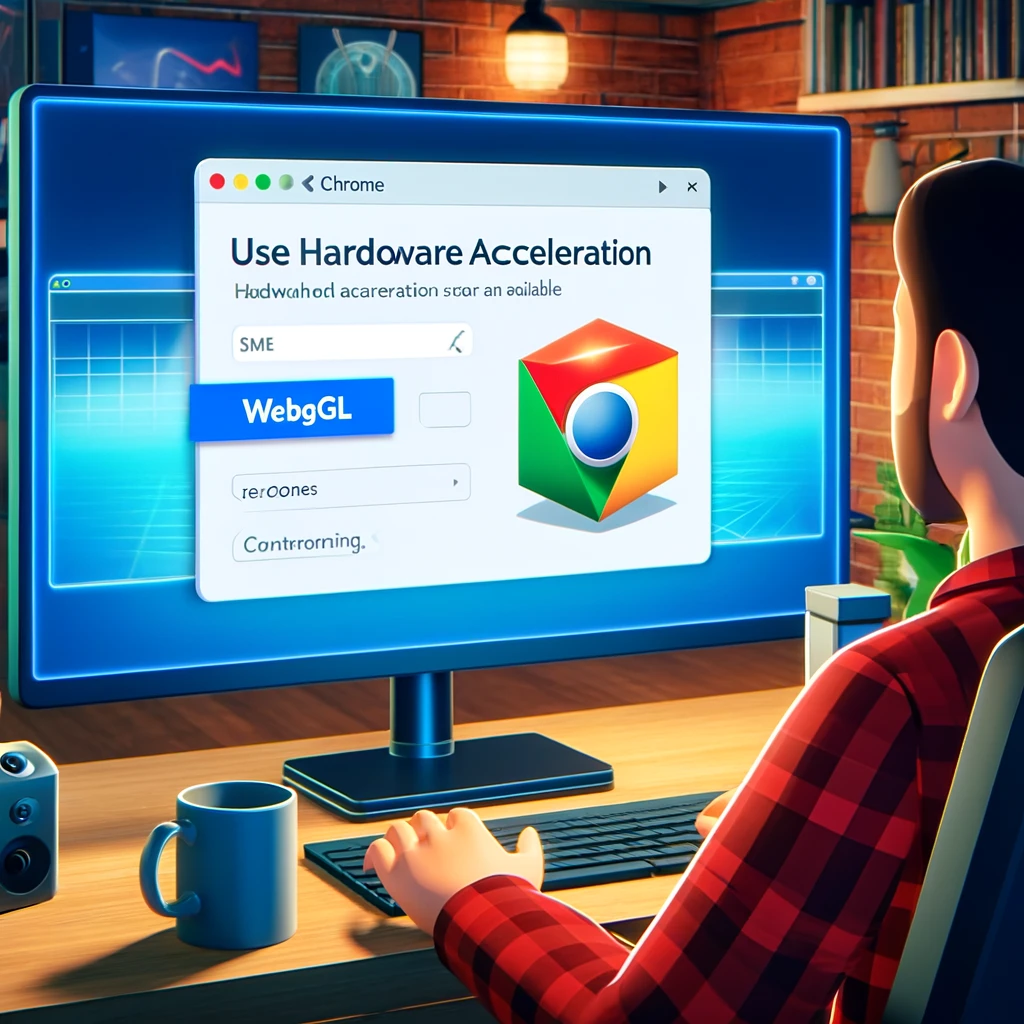Unlocking 3D Potential: How to Enable WebGL on Chrome
In the dynamic world of web technology, WebGL stands out as a game-changer, bringing 3D graphics to your browser without the need for plugins. Whether you’re a developer, gamer, or tech enthusiast, enabling WebGL on Google Chrome can significantly enhance your browsing experience. As an IT journalist, I’m here to guide you through the process of activating this powerful feature.
Why Enable WebGL?
WebGL (Web Graphics Library) allows for the rendering of interactive 3D graphics within your browser. It’s essential for various web applications, including games, data visualizations, and immersive web experiences. Enabling WebGL ensures you can access and enjoy this rich content seamlessly.
Step-by-Step Guide to Enabling WebGL on Chrome
1. Check WebGL Status
Before enabling WebGL, it’s a good idea to check if it’s already enabled. Here’s how:
- Open Chrome and type
chrome://gpuin the address bar. - Press Enter.
- Look for the “WebGL” section in the list. If it says “Hardware accelerated,” WebGL is already enabled. If it says “Software only” or “Unavailable,” follow the steps below to enable it.
2. Update Google Chrome
Ensure you’re using the latest version of Chrome to avoid any compatibility issues:
- Click on the three vertical dots (menu) in the upper right corner.
- Select “Help” and then “About Google Chrome.”
- Chrome will check for updates and install them if available.
- Restart Chrome after the update is complete.
3. Enable Hardware Acceleration
For WebGL to work correctly, hardware acceleration must be enabled:
- Open Chrome and click on the three vertical dots (menu) in the upper right corner.
- Select “Settings.”
- Scroll down and click on “Advanced” to expand more settings.
- Under the “System” section, ensure “Use hardware acceleration when available” is turned on.
- Restart Chrome for the changes to take effect.
4. Enable WebGL in Chrome Flags
If WebGL is still not enabled, you can force it through Chrome’s experimental features:
- Open Chrome and type
chrome://flagsin the address bar. - Press Enter.
- Use the search box at the top to find “WebGL.”
- Set the “WebGL Draft Extensions” and “WebGL 2.0” options to “Enabled.”
- Click on the “Relaunch” button at the bottom to restart Chrome.
5. Verify WebGL is Enabled
After following these steps, verify that WebGL is enabled:
- Open Chrome and type
https://get.webgl.org/in the address bar. - Press Enter.
- You should see a spinning cube if WebGL is enabled. If not, recheck the steps or troubleshoot potential hardware or driver issues.
Troubleshooting Tips
If WebGL is still not working, consider these troubleshooting tips:
- Update Graphics Drivers: Ensure your graphics drivers are up-to-date, as outdated drivers can prevent WebGL from functioning properly.
- Disable Conflicting Extensions: Some Chrome extensions might interfere with WebGL. Disable extensions temporarily to see if WebGL works.
- Check System Requirements: Ensure your hardware meets the minimum requirements for WebGL. Older hardware might not support it.
Conclusion: Enhancing Your Web Experience
Enabling WebGL on Chrome unlocks a world of immersive web content, from interactive 3D graphics to complex data visualizations. By following these simple steps, you can ensure that your browser is equipped to handle the latest web technologies. Stay ahead in the digital age by embracing the full potential of WebGL and enriching your online experience.
